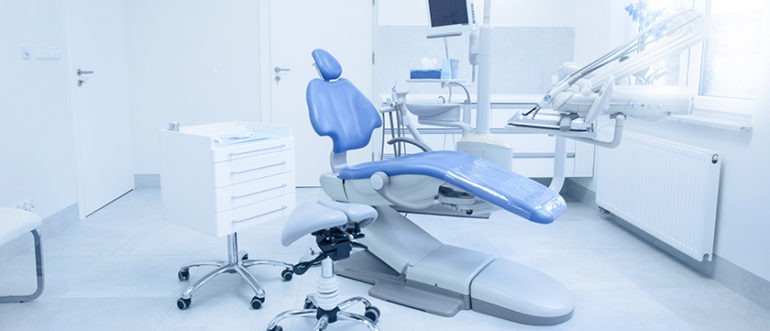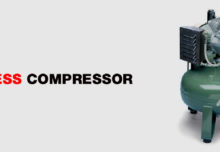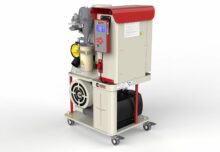
The problem of dust suction in the dental technician’s laboratory
It is inevitable to inhale dust as it is part of the atmosphere
Silicosis, asbestosis, talcosis, graphitosis, pneumoconiosis from hard metals or rare earth compounds, are some of the respiratory diseases caused by dust inhalation. It is inevitable to inhale dust as it is part of the atmosphere. Our respiratory system is equipped to protect itself from this but, with technological progress i.e. road traffic, house heating, tobacco smoking, etc. the quantity of particulate matter has increased and its size has become smaller (PM10 indicates particulate matter with diameter under 10 micron)and more dangerous because it remains suspended in the air indefinitely, there is now way of trapping it and it will reach the deepest part of the lungs: pulmonary alveoli.
Like fish in a bowl swimming in dirty water, modern life already imposes a very high level of pollution and, in addition to this, some professionals are subjected to more pollutants: for example, it has been calculated that dental technicians will inhale in a year up to 12 kg of dust (silica, heavy metals, plaster, methacrylate, etc.) Fortunately today we can defend ourselves well because filtration technology in air systems has made a lot of progress and has adopted new materials with excellent results:
• High/very high filtering efficiency (according to international standards HEPA from H10-to H14 and ULPA from U15 to U17).
• Filters with: – low pressure drop, – easy maintenance, – low sound pressure.







